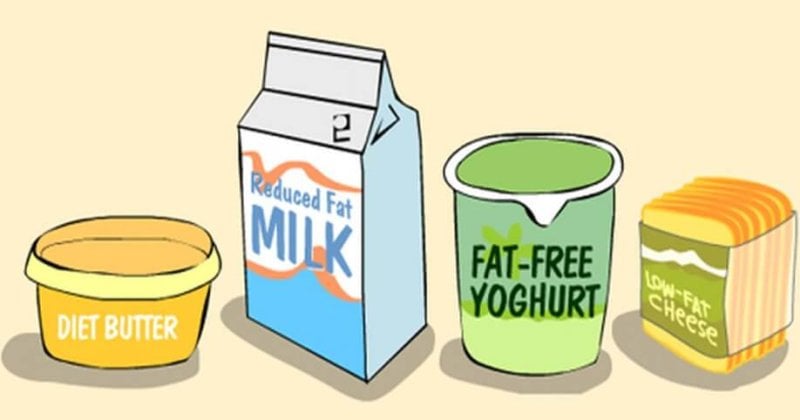For millennia, people have often struggled to have sufficient food and sadly, based on a 2018 report from the World Health Organization, there are still around 821 million people in our world that are hungry. These fellow humans just need food for what it is—a source of nutrition.
Even the privileged need our food to be what it is, to provide us energy, vitamins, minerals, fiber and all sorts of health-promoting compounds. I recently went to pick up a few things at a Ralphs supermarket and I could not find a cart without a placard on it that said, “Simple truth, proud of what’s not in our food.” Of course, they mean pesticide residues, GMOs, anything that might help farmers to feed consumers. I will never shop at that store again, as with my previous decision never to shop at Whole Foods.
So, how did this whole food labeling gimmick start? Why are we constantly advertising food for what it is not? Epidemiologists in the 1960s looking at data about lifestyles and heart disease concluded that the typical American diet was high in saturated fats and cholesterol, which was why heart attack rates were so high in our country. In the 1970s, the U.S. Dietary Goals advised Americans to cut back on fat and eat more carbs to lower the risk of heart disease.It later turned out that if they had included more of the available dietary data by nationality, they might not have reached that conclusion.

Americans got used to paying attention to implied health claims on the front label, and those began to proliferate. The soybean processing industry started promoting the label, “contains no tropical oils” because their international competitors who supplied coconut and palm oil fell into the “saturated fat” category.
This sort of barely regulated kind of marketing expanded to other “health demons” which eventually included sugar, antibiotics, hormones, gluten and GMOs. Let’s explore the absurdity of marketing foods based on what they do not contain.
Podcast: Play in new window | Download
Subscribe: RSS
Steve Savage is a plant pathologist and senior contributor to the GLP. Follow him on Twitter @grapedoc































